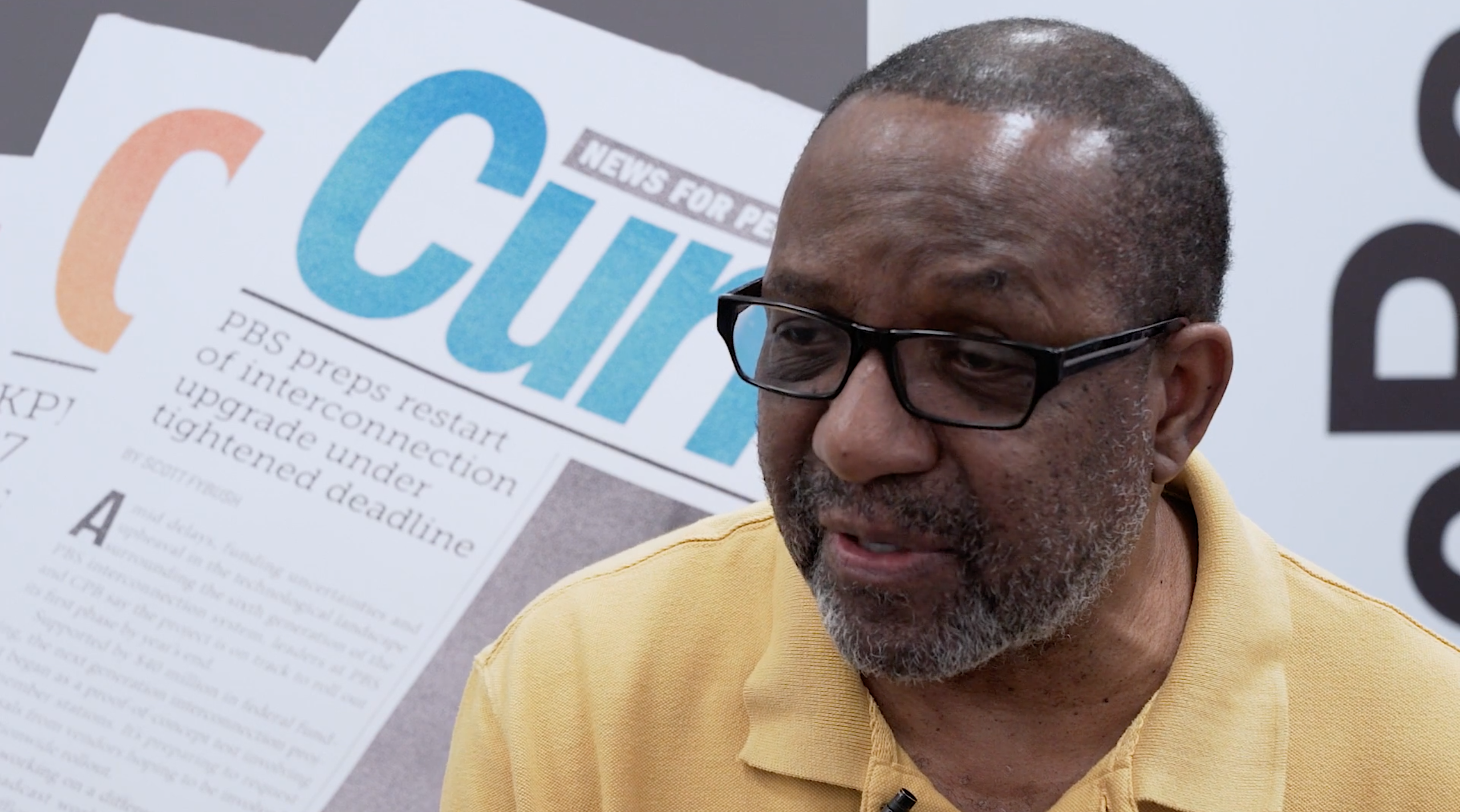Tag: Diversity
NPR adds training role for head of diversity Keith Woods
The network created an executive role for its training division to demonstrate that its “commitment to training is absolutely essential.”Who are the rising black talents in public media?
We need your help to identify up-and-coming talents whose names we don’t know yet and should.Third Coast offers Radio Residency for audio producers
The one-week program is open to all who identify themselves as part of an under-represented group in public radio and podcasting.‘The Pub’ #86: Journalism and diversity under the Trump presidency
Two interviews about public media’s responsibilities in a new political climate.To reach new and diverse audiences, expand coverage and report with nuance
Public media journalists give their recommendations.Nonprofit news outlets mirror overall media in diversity, according to ASNE survey
The survey found that minority employment is at 23 percent for online-only sites, slightly higher than the 17 percent reported for daily ...System leaders want NABJ/NAHJ convention-goers to ‘Think Public Media’
The network and more than two dozen stations will share a space on the convention floor.With American electorate more diverse than ever, PBS election specials explore impact of shift
The New Deciders and Willie Velasquez: Empowering the People are set to air this fall.Seven ways public media can attract a more diverse workforce
Panelists at the Public Radio News Directors Inc. conference shared tips on recruiting and retaining people of color.World Channel revisits iconic documentary series with new pledge special
The 30-minute show, which discusses how racial relations of today are reflected in the civil rights movement, is part of a package ...NEPR introduces media training program for local youth
After moving its headquarters to downtown Springfield, Mass., the public radio network launched its initiative to bring stories of the city’s diverse ...Racial diversity of NPR’s newsroom stays level over three years
People of color account for 22.4 percent of the network’s news staff.‘The Pub’ #42: This American Life’s Stephanie Foo on how to fix public radio’s whiteness ...
Foo talks about her frank and funny manifesto for Transom, “What To Do If Your Workplace Is Too White.”Stephanie Foo’s recipe for a more diverse workplace
The This American Life producer suggests ways to acknowledge your own accountability and take diversifying your staff into your own hands.CPB-backed training aims to diversify ranks of programming leaders
The project is supported by a $939,000 grant from CPB.












